It's summer and it's hot. While many wish the winter away and dream of sitting outside on a summer's evening until late at night, others spend summer days cursing the heat and uncomfortable conditions. Those coming from North America to Switzerland are usually shocked by the absence of air conditioning.
Flats, houses, and even shops are generally not equipped with units that create a near polar experience for people inside, while outside the mercury keeps climbing. Your best option in many Swiss cities is to head for the lake, river, or swimming pool and enjoy the sun and cool waters. However, the less mobile workforce and those wishing to stay in will need to find another solution: A fan, perhaps?
If you're older than 30, you probably remember these fan units that your parents had in their house: Loud, bulky, cheap and generally ugly. They're an eyesore and beg to be hidden away, but unfortunately they must remain in the open if they are to fulfill their purpose.
A Quest for the Perfect Fan
The fear of having an ugly piece of scrap metal and plastic hanging around my modest 2.5 room flat is what had me hold off getting a fan three years ago. However, a little older, a bit wiser, and a lot less tolerant a hot spell a month ago had me break down and search for a fan.
In the design shops of Zürich full of USM furniture, Eames lounge chairs and designer lighting, I had seen a fan that I thought would work. "But design is exclusive and not for me," or so I thought. I looked up the name Stadler Form and found that design doesn’t have to be restricted to a select few. With a few clicks, I ordered a Charly standup fan and two days later it was at my door.
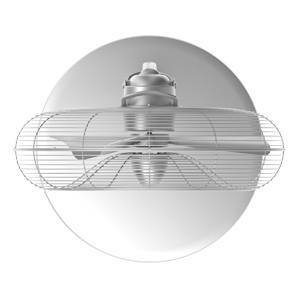
Just the opposite with my Charly from Stadler Form!
Three pieces: A base, a bar, and the fan component. Two minutes after unpacking, the fan was assembled and I was enjoying a cool breeze.
Meeting the Man Behind the Fan
Then something happened: I was proud of my fan. Proud of a practical device? Yes, it made me happy. It looks good and I don't want to (or need to) hide it. The chrome Charly fan reminds me of a 50's plane propeller, and it screams class.
Enjoying practical things in your household is what I consider a secret to happiness. As I continued to view this fan with admiration I knew I needed to find out more. So I contacted Martin Stadler, the founder of Stadler Form, to ask him for a meeting - a casual talk about his company, purpose and design.
In a quiet office building outside of Zug, you will find the Stadler Form office. You enter and see that this is a small company with a number of products and almost equal number of design awards. I'm greeted by Martin and we go to a meeting room for our chat.
The first thing Martin says to me in the room is: "So, you like your Charly?" I had mentioned the fact that I bought a Charly fan in my e-mail to him. I tell him that I not only like it, but love it. (The German word for fan is Ventilator, which is masculine, so I actually say I love him - Ich liebe ihn!). All of Stadler Form’s products have first names. Martin tells me that he often gets letters and e-mails about how people love their space heaters, dehumidifieres and other products.
One lady even wrote to say that there are only two men she allows in her bedroom: Her husband and Max (a space heater).
I tell him that it is the design that does it, and that it adds an aesthetic touch to my room. In a way, Stadler Form has done for fans and other climate control devices what Apple has done for computers. Martin picks up on this point. He tells me that during his education in marketing in the 1980's, Apple was already an example of successful design.
Quantity Meets Quality
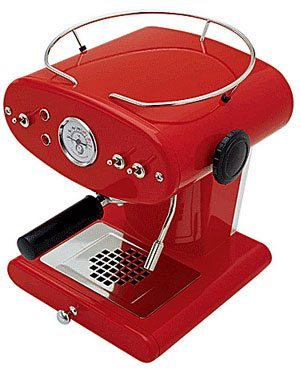
The problem for him in marketing was how to sell more. The answer wasn't through an expensive ad campaign, but through design. So he had a new machine designed, which you have surely seen if you enjoy coffee.
The new machine was slightly more expensive to produce, but retailed at CHF 598 – three times as much. Upon its release, it sold 600 times in the first year - in Switzerland alone! It was the design. Instead of having an ugly or at least neutral device on the counter, owners now had a conversation piece.
When Martin decided to leave Amici, he didn't know where he'd go next. But then, the puzzle pieces of life started to fall into place. Winters in Switzerland are dry. The air in apartments is incredibly dry and can be uncomfortable. For this reason, many people use humidifiers. Martin and his wife were looking for one such device for their home. They spent a year looking and not finding anything nice - nothing that would not stand out as an obtrusive appliance in the room. At this point, Martin decided to have a nice looking humidifier designed and started his own company with the aim of producing household items that are beautiful and elegant.
Fred, the Humidifier

I asked Martin about the popular rumour that air conditioners are illegal in Switzerland. I was assured that this is a myth, however, most Swiss believe that the summer is too short to warrant such an investment. Furthermore, the ugly looking contraptions make flats look poor and could cause neighbours to complain. A beautiful fan is another thing altogether. They do not disturb the look of a room or window, are healthier, and use less energy. Less energy use is good for both the environment and your pocketbook.
Powerful Decisions
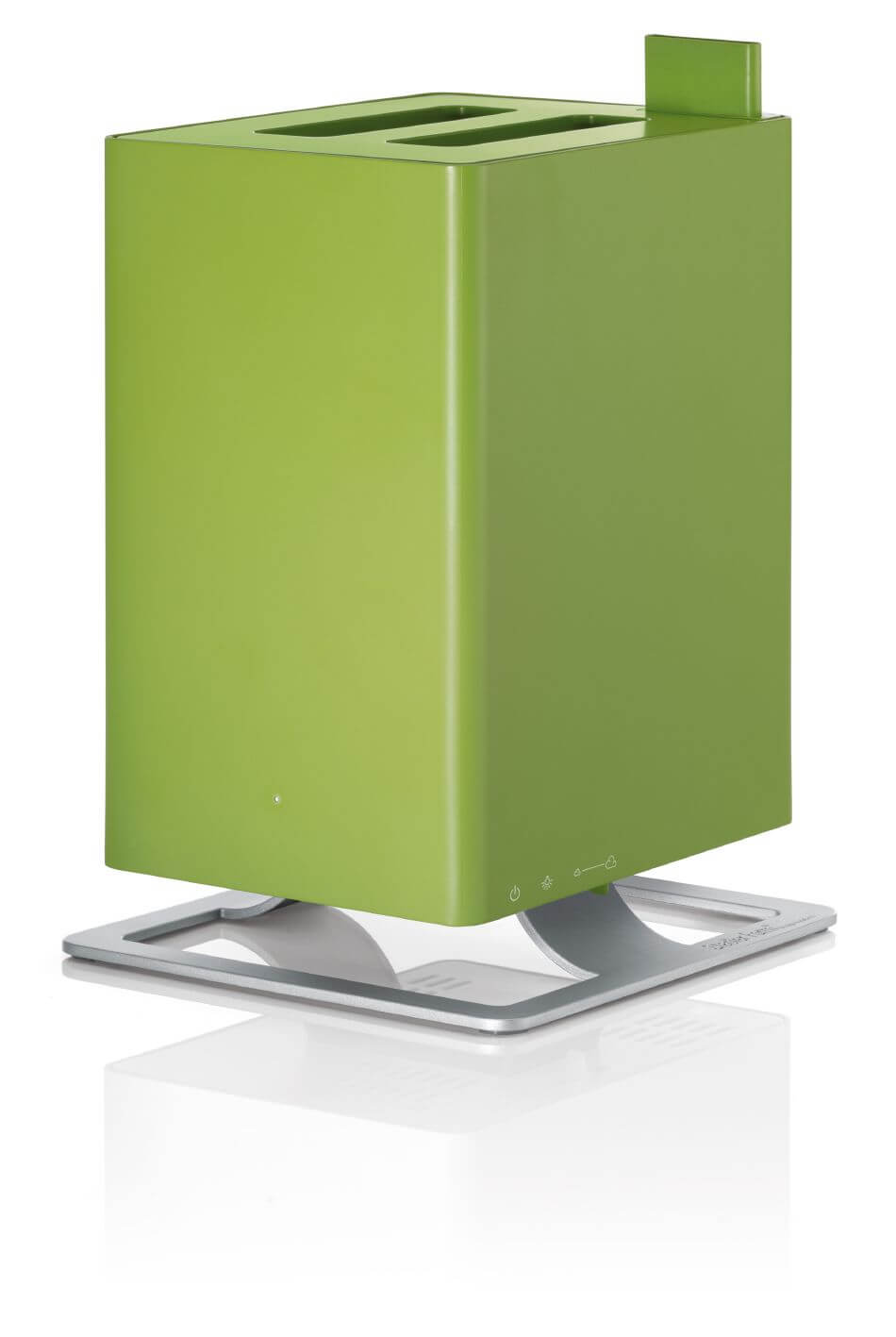
Martin believes that just like big appliances and consumer electronics have energy labels, they will be extended to all devices giving consumers more information for better purchasing decisions.
When it comes to power though, it is not just a question of how much, but when we use it. Electricity at peak hours costs more than during the night. "At home I hooked up the dehumidifier in the basement to a timer, to avoid using it during peak hours," Martin told me. "Then I thought, why don't we build this into all of our dehumidifiers? That would make a lot of sense and no one else is doing that. Why aren't the others doing that?" he added.
And like that, a simple quick fix got pulled into an integral part of the design of his products, showing one of the key elements of good design: Simplicity.
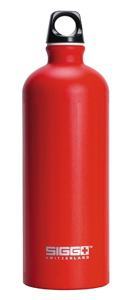
If you’re in need of some practical devices for the house but don’t want to sacrifice the feel of your room, products from Stadler Form will serve you for years to come. In his own modern way, Martin Stadler has re-awakened Jugendstil and Bauhaus philosophies.
Beauty and purpose in everyday objects. Design does indeed add more value to products beyond their utility.

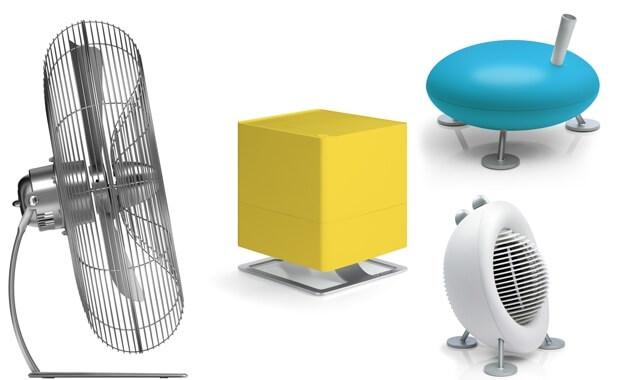
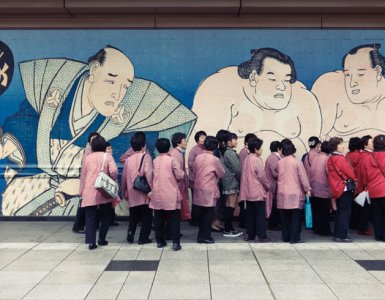



[…] the obvious examples, it is thanks to the curiosity of Martin Stadler that we now have beautifully designed household appliances, the inquisitive nature of Olivier […]